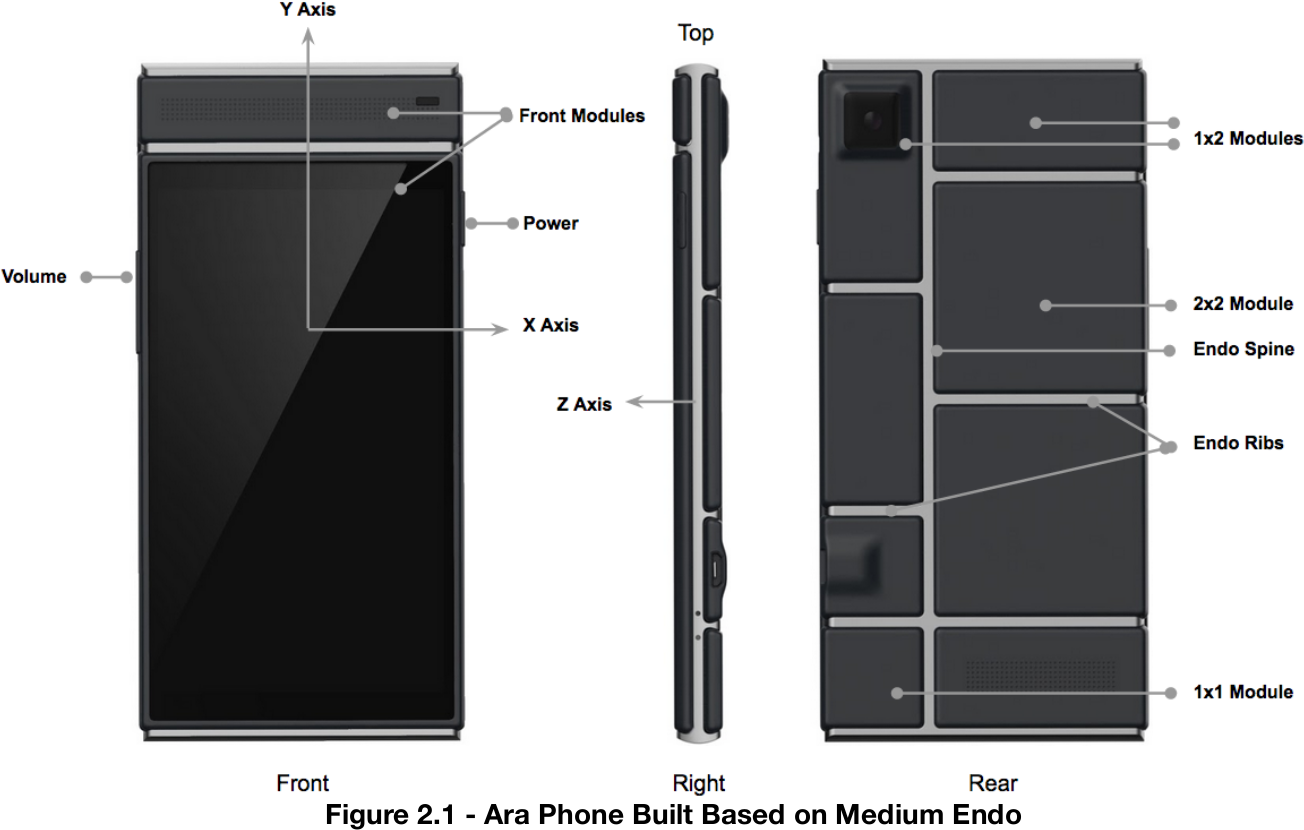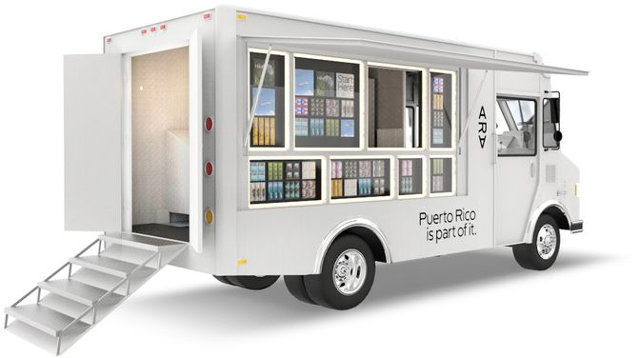The modular phone concept started with PhoneBloks, whose founders shortly got to work with Motorola Project Ara, and since Google bought parts of Motorola, the concept is now part a Google’s project. Project Ara Developers Conference 2015 has taken place yesterday in California, but if you’ve missed it, another one is planned in Singapore on January 21, and it will also be live-streamed.

We’ve now got a bit more information, a neat video has been uploaded to YouTube showing how a battery, a (broken) display, speakers, and camera modules would slide into the phone, and a pilot project has started in Puerto Rico.
Google has very recently shipped Spiral 2 developer hardware enable prototyping and development of modules for the Ara platform. The kit consists of:
- A board with the UniPro Switch in the Ara endoskeleton and multiple modules interfaces with UniPro Bridge ASICs (Tosbiba T6WM8XBG-0001) supporting multiple bridged and tunneled protocols;
- An Application Processor (AP) board with a custom version of Linaro Android
- Connectors and cables.
The Module Developers Kit (MDK) is freely available for download and contains Ara MDK v.02 specifications, hardware schematics, PCB layout, and BoM for the main board and some prototype modules, and 3D printing files (STP). There are AP boards for Nvidia Tegra K1 and Marvell PXA1928 processors in the MDK, also with all hardware design files, but I’m not entirely sure which one is provided with Spiral 2 hardware. For now, Project Ara looks mostly looks like an 100% hardware project (and open source), at least from the community perspective, but the company is also developing APIs that will let people create ways for users to customize their devices. Some code is available on github too, but nothing about Android for now, except an empty Wiki.
That’s the video. Looks cool, right?
People living in Puerto Rico will be able to try out Project Ara thanks to a pilot program, scheduled to start in H2 2015, where Google ATAP will start selling modular phone in partnership OpenMobile and Claro carriers, as well as roll out trucks where people will be able to try and buy modular phones, and a few of the 20 to 30 modules available at launch.
 You can find more details about the pilot program on The Verge.
You can find more details about the pilot program on The Verge.

Jean-Luc started CNX Software in 2010 as a part-time endeavor, before quitting his job as a software engineering manager, and starting to write daily news, and reviews full time later in 2011.
Support CNX Software! Donate via cryptocurrencies, become a Patron on Patreon, or purchase goods on Amazon or Aliexpress




